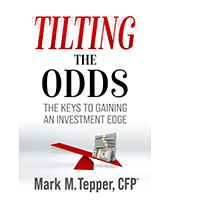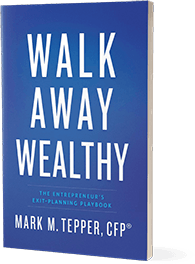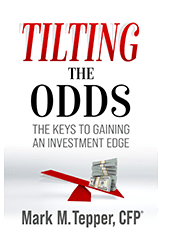Everything Is Fine Until It Isn’t
There are certainly a diverse set of opinions out there, right now. The timeliest dichotomy is probably the idea of quantitative easing (QE) restarting. The argument for that is fairly simple. The Fed balance sheet is expanding, therefore QE, QED. I don’t mean to belittle the idea, though it’s probably clear that I don’t agree with it. In the very short term, it probably is fair to say that balance sheet expansion does provide liquidity, just not in the form of QE.
What’s the difference between what just happened and QE? I think that’s pretty simple, too. In this case, the Fed is providing emergency funds to distressed banks in the form of loans. The terms seem fairly good to me, as they take an impaired asset and pretend it’s OK, but that’s still a loan that needs to be paid back.
QE, on the other hand, involved buying assets from banks and handing them cash, no strings attached. That’s clearly stimulative, as with cash, the banks can lever up. Considering QE happened in a low interest rate environment, there was a lot of financial engineering that seemed pretty reasonable, such as taking out a low interest loan to buy back company stock. Note, the picture below only shows Treasurys held by the Fed, as I couldn’t find a total securities held figure. Note that in 2008 the market only started climbing when the Fed started buying assets.

Let’s agree QE and a Fed loan are two different things.. Should we care? Clearly, some investors don’t. Their attitude seems to be that it’s just a steppingstone to full-blown QE, so you may as well buy ARKK-like, zero-earnings tech stocks now, before anyone else does.
You also have the fundamental question of the time horizon. Investors have become increasingly short-term oriented, to the point where leveraged bets on 1-day stock moves have become popular (that’s 0-day to expiration options (0DTE.)) Under those circumstances, who cares if the stimulative effect of the loan is very temporary, just ride it until the effect fades.
From there, you start to get the fundamental question of what you’re trying to do. Should you care about a day, week, month, or even quarter that goes against you? How short-term oriented do you want to be? What are your reasons for changing your stance?
I don’t really think there are totally correct answers in there. You can be short-term oriented and hope transaction costs and taxes aren’t too painful, and you don’t get whipped around. You can be very long-term and attempt to navigate the noise. Or you can try something in the middle.
For my part, I prioritize long-term gains, but I’m not against getting short-term gains when the risk-reward seems favorable. Honestly, my old company was very against short-term gains. That got pounded into my head, and I still have to remember that when long-term opportunities aren’t available, it’s OK to hunt in shorter-term areas.
So how about now? Should we ride some waves? I don’t think so. We’re dealing with some very mature trends and hitting resistance points. Volatility appeared to bottom out and is likely to trend higher. Credit stresses are high, so it would be easy to see something break.
Ultimately, I think the Fed is trying to land this plane as gently as they can, in the hopes nothing breaks. That would be nice, but it seems unlikely. For instance, since regional banks are on the hook for so much commercial real estate (CRE,) that’s a natural place for worried investors to start poking around. Office real estate in particular looks fairly ugly. Consider Vornado, below.

I’m not going to claim VNO, and office REITs in general, are absolutely not going to bounce back, but they’ve struggled in the post-Covid world. There have already been serious problems in the hotel and office spaces, and there doesn’t seem to be any sign that’s getting better.
I’m not saying this is 2008, but is a massive duration issue and asset bubble any better? Sure, there’s no credit risk in a Treasury, but who wants a Treasury bond yielding 1.5% in a 5% Fed funds rate world? That’s what banks are dealing with. What about CRE on a commercial property that’s distressed? What’s the appetite for banks to take on credit risk now? Are these problems likely to get better or worse as we seem to be stumbling toward recession? And we haven’t even mentioned broad securitization, asset backed pending, private equity, private credit, shadow banking, or a myriad of other assets that basically lived on the carry trade.
Yes, this isn’t 2008, but does that make everything OK? That doesn’t mean everything has to crash today, and I’m still willing to swing at opportunities. With this backdrop, though, I need a decent margin of safety. I lived, and outperformed, during 2000 and 2008. It seems a lot of current investors weren’t active then or forgot the lessons. If you believe we’re still in a bear market, the number one job is capital preservation. Chasing after others at this point seems unwise.
 Enter your information below, and we will email you our new eBook, Tilting the Odds
Enter your information below, and we will email you our new eBook, Tilting the Odds




